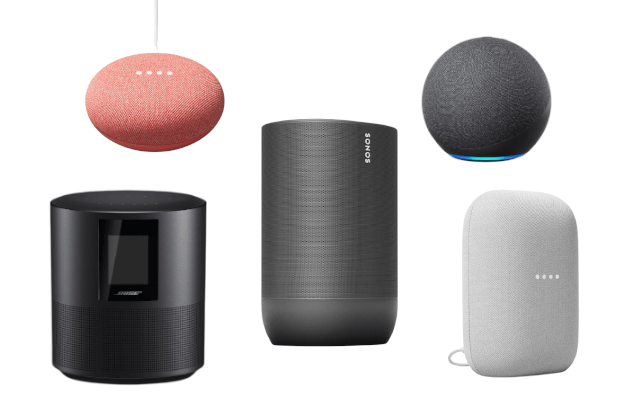today’s digital age, where technology has become an integral part of our lives, it has also found its way into the realm of poetry. The fusion of poetry and technology has created a unique space for poets to In express themselves and connect with audiences in unprecedented ways. In this article, we will delve into the fascinating world of poetry technology, examining its impact, advancements, and the challenges it poses.
Introduction to Poetry and Technology
Poetry, an art form that has captivated hearts for centuries, is no stranger to evolution. From traditional written verse to spoken word performances, poets have always embraced new forms and mediums. However, with the advent of technology, the landscape of poetry has undergone a significant transformation, offering poets a plethora of innovative tools and platforms to explore.
Poetry and Technology
Impact of Technology
Technology has revolutionized the way we create, consume, and share poetry. With the rise of social media and digital platforms, poets now have the ability to reach a global audience instantly. This increased accessibility has allowed diverse voices to be heard and has sparked a new wave of creativity.
Changing Writing Mediums
Traditionally, poetry was written on paper or typed on typewriters. However, technology has opened up a wide range of writing mediums. Poets now have the option to compose their verses on laptops, tablets, or even smartphones. This shift has not only made writing more convenient but has also given rise to new forms of expression, such as multimedia poetry that incorporates images, videos, and audio.
Accessibility
Technology has democratized poetry, making it accessible to a wider audience. Online poetry communities and platforms have emerged, providing aspiring poets with the opportunity to share their work and receive feedback from fellow writers and enthusiasts. This inclusivity has fostered a supportive environment for poets to grow and develop their craft.
Technological Advancements in Poetry and Technology
Digital Platforms
Digital platforms like WordPress, Medium, and Tumblr have become virtual canvases for poets to showcase their work. These platforms offer features that allow poets to format their poems, add images, and interact with readers through comments and likes. Poets can also build a following and gain recognition through online publications and literary journals. Poetry Apps
In the era of smartphones, poetry apps have emerged as a convenient way for poets to write, edit, and organize their work on the go. These apps provide tools for creating and refining poems, offering features like rhyme suggestions, word prompts, and even audio recordings. Additionally, some apps connect poets with writing communities, fostering collaboration and inspiration.
Online Communities
work, and engage in discussions. Platforms like Poetry Soup, Hello Poetry, and All Poetry bring together a diverse range of poets, allowing them to receive feedback, participate in challenges, and find inspiration from fellow Online poetry communities have become virtual gathering places for poets to connect, share their writers. These communities provide a sense of belonging and encourage collaboration and growth.
Enhancing Creativity
Inspiration and Ideas
Technology offers a vast array of resources to inspire and ignite creativity in poets. From online poetry archives and libraries to social media platforms showcasing visual art, music, and photography, poets can draw inspiration from various sources. The ease of research and exploration enables poets to delve into new themes, experiment with different styles, and broaden their horizons.
Collaboration
Technology has facilitated collaboration among poets, transcending geographical boundaries. Virtual workshops, writing groups, and online projects allow poets to connect with others who share similar interests and collaborate on joint ventures. Collaborative poetry projects not only foster creativity but also provide opportunities to learn from different perspectives and expand one’s artistic repertoire.
Experimental Forms
The marriage of poetry and technology has given rise to experimental forms of expression. Poets now explore interactive poetry installations, augmented reality experiences, and multimedia performances. These innovative approaches push the boundaries of traditional poetry, creating immersive and engaging experiences for both the poet and the audience.
Challenges and Concerns
Authenticity
As technology becomes more integrated into the creative process, some concerns arise regarding the authenticity of poetry. The ease of editing, manipulating, and generating verses through algorithms may raise questions about the genuine artistic merit of the work. It is essential for poets to strike a balance between embracing technology and preserving the essence of their craft.
Privacy and Ownership
The digital nature of poetry technology raises concerns about privacy and ownership. Poets must navigate the fine line between sharing their work online and protecting their intellectual property. Additionally, issues of copyright infringement and plagiarism in the digital realm call for increased awareness and measures to safeguard poets’ rights.
Human Connection
While technology offers numerous opportunities for poets to connect with audiences, it also presents challenges to genuine human interaction. The digital space can sometimes feel impersonal, and the absence of physical presence and live performances may dilute the emotional connection between the poet and the listener. Balancing the benefits of technology with the importance of human connection is crucial for maintaining the essence of poetry.
Conclusion
Poetry and technology have forged a unique alliance, transforming the landscape of poetic expression. The impact of technology on poetry has been immense, expanding accessibility, inspiring creativity, and connecting poets in unprecedented ways. As technology continues to evolve, it is essential for poets to navigate its complexities while staying true to the essence of their art form.
FAQs
Q. Can technology replace traditional forms of poetry?
Technology offers new avenues for poetic expression, but it cannot replace the rich tradition of traditional poetry. It is an additional tool that enhances and complements the art form.
Q. Are poetry apps helpful for beginner poets?
Yes, poetry apps can be beneficial for beginner poets. They provide guidance, inspiration, and opportunities to connect with other writers, fostering growth and learning.
Q. How can poets protect their work online?
Poets can protect their work by using watermarking tools, registering copyrights, and being cautious about sharing their work on untrusted platforms. It is also advisable to familiarize oneself with copyright laws in their respective jurisdiction.
Q. Are there any downsides to online poetry communities?
While online poetry communities offer valuable support and engagement, they can sometimes be subject to negativity or unhelpful criticism. Poets should navigate these communities with caution and prioritize their mental well-being.
Q. How can poets maintain authenticity in the digital age?
Poets can maintain authenticity by staying true to their unique voice, maintaining a balance between technology and traditional methods, and focusing on genuine self-expression rather than relying solely on technological gimmicks.








